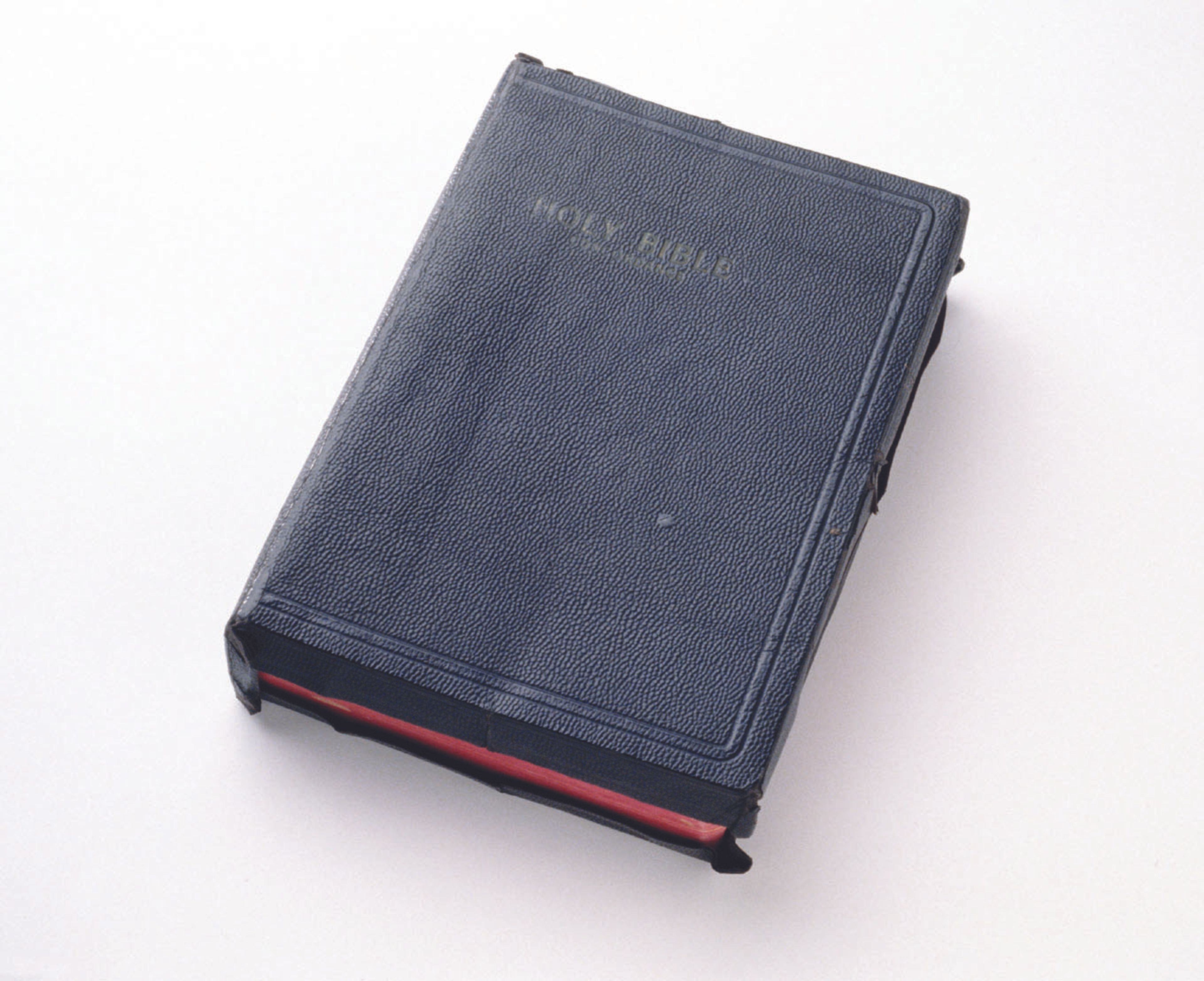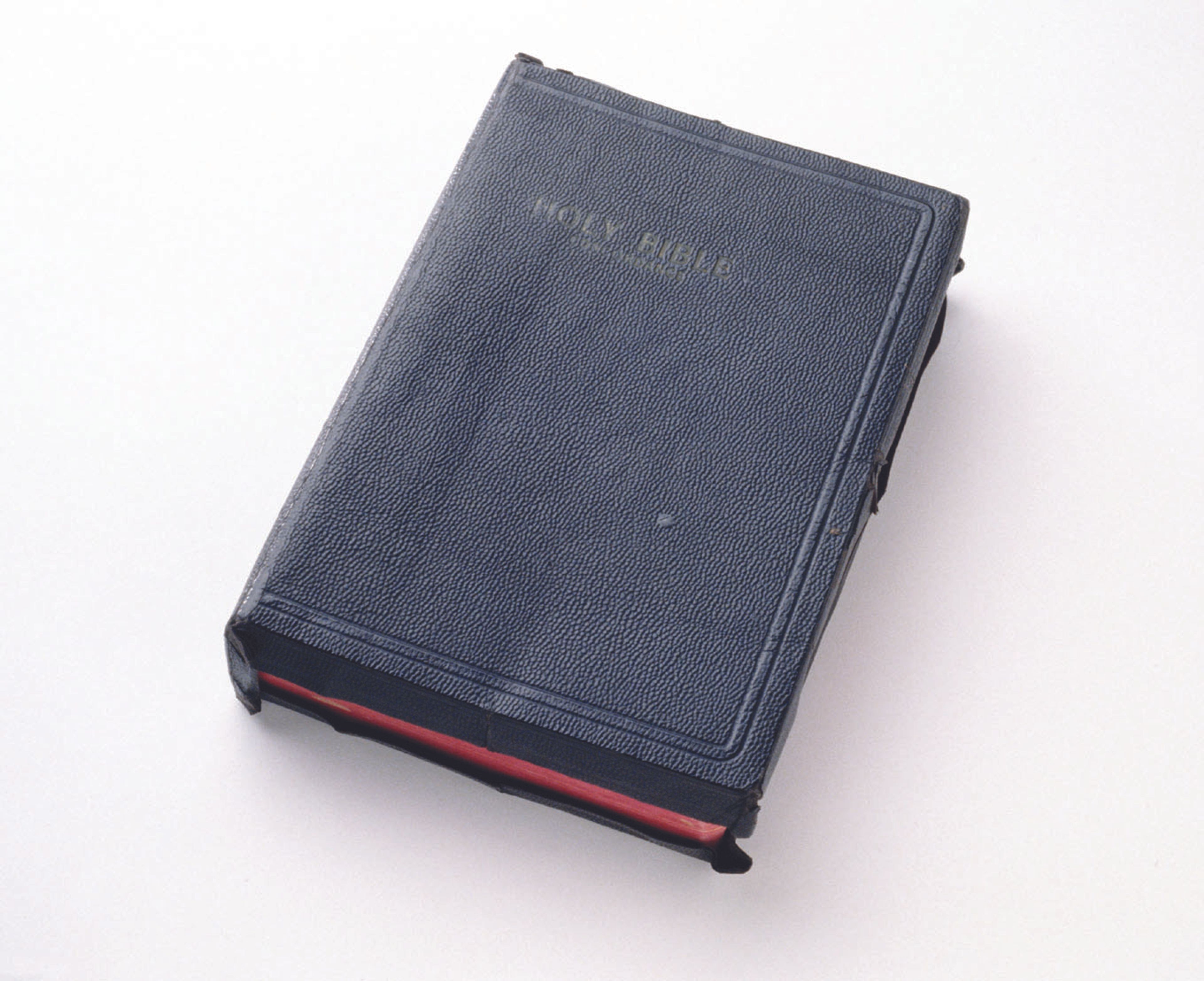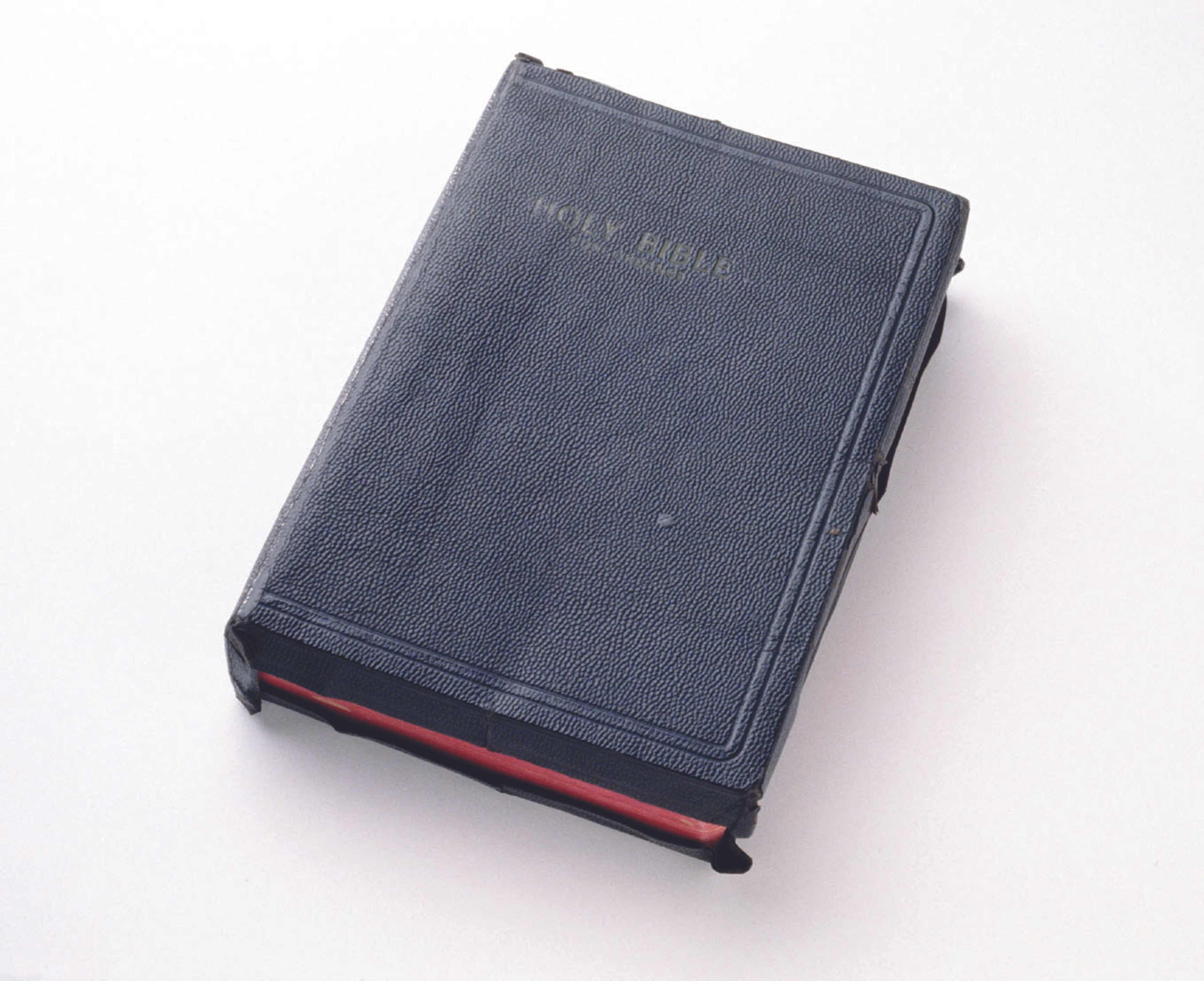By ANDREW ZIMBALIST
When team owners fail, the media lets everyone know about it. When they succeed, they often go unnoticed or, at least, underappreciated.
The owners of the St. Louis Cardinals seem to fall into the latter group. Let's start with the obvious:
In the seven seasons since 2000, the Cards have won their division outright five times, tied for the division title once and finished just three games out once. They played in postseason competition six out of seven years.
Despite playing in the nation's 21st-largest media market, the team's payroll generally has been among the 10 highest in baseball, and in recent years has had to contribute more than $10 million annually to Major League Baseball's revenue-sharing system.
Maybe fans take it for granted, but this is a first-class performance record.
Perhaps even more remarkable is what the owners have done on the facility front. The old Busch Stadium, replaced this year, was 40 years old. Its 49,000 seats needed to be replaced, the entire HVAC system had outlived its useful life, the precast arched canopy needed expensive seismic retrofitting and the two main scoreboards and the video board were beyond repair and required replacement.
These and other renovations would have cost more than $30 million, none of which would have produced any real revenue for the team. It made eminent sense for the owners to consider a new ballpark.
Between 2000 and 2006, 29 sports facilities opened for major league teams. The average capital costs (stadium, land and infrastructure) for these facilities was $386 million; the average public contribution was 65 percent. In smaller media markets (a category that includes St. Louis), the public share generally rises above the average.
Thus, it would have been understandable if the Cardinals' owners had gone to government and asked for more than 65 percent public funding for a new stadium. They did not. Instead, the team cut a deal in which it would cover nearly 90 percent of the capital costs with private funds.
The new Busch Stadium opened this year at a total cost of $458 million, including an estimated $42 million as the value of the land. Here's the breakdown:
* $323 million from the Cardinals.
* A $45 million loan from St. Louis County to the Cardinals.
* Land valued at $42 million, contributed by the team's owners.
* $48 million in Missouri state funds for infrastructure.
The Cardinals' owners, therefore, are contributing roughly $410 million to the $458 million stadium project, 89.5 percent of the total.
In addition, some of the infrastructure improvements counted here as a benefit to the team, such as the widening of a highway ramp, benefit the general public. The team also pledged to distribute a minimum of 1,235 free tickets per game. And if the owners should sell the team within a specified period of time, they agreed to share with the city a portion of any capital gains accruing to the team from the new facility.
Still, the stadium has received some criticism, including the argument that the owners are receiving tax abatements and other benefits that raise the public costs.
Another criticism is that the Cardinals no longer will pay the area's 5 percent ticket tax. It also is true that at the old stadium the Cards paid both a sales tax and a ticket tax that totaled 12.6 percent.
Yet despite the end of the ticket tax at the new stadium, the remaining taxes on tickets amount to 7.6 percent, higher than the 6.2 percent average combined ticket/sales tax for major league baseball teams. The Cardinals' city taxes for 2006 will exceed $9 million, more than $3 million above the projected level.
Further, the Cards have agreed that the city will receive at least as much property tax revenue from the team at the new stadium as it did at the old facility, the difference made up through a practice called payments in lieu of taxes.
Another criticism involves the team's $45 million loan from St. Louis County. At the end of the loan's 30-year term, the Cards can pay off the loan or they can transfer ownership of the facility to the county. Writing in Baseball Prospectus on Sept. 13, Neil DeMause implied that this amounted to a hidden public subsidy of $45 million. What DeMause leaves out is that if the ownership transfer occurs, the Cardinals then will have to pay several million dollars a year in rent to the county.
DeMause and others have raised questions about the owners' commitment to the ballpark village project that is supposed to be built adjacent to the new stadium. The Cards initially pledged the land plus at least $60 million to develop this area into a residential, commercial and recreational destination.
The owners have not backed off of this commitment. Rather, the project has grown in vision to encompass several phases with a total value of $650 million.
A tentative agreement announced last week between the city and the team's developer, the Baltimore-based Cordish Co., describes the plans and terms for the $387 million first phase of the project.
The record of the Cardinals' present ownership seems clear: Bill DeWitt Jr. and his partners have far exceeded the standard for private investment in a professional sports facility and have earned hearty praise for their spirit of partnership with and commitment to their host community.
Andrew Zimbalist is a professor of economics at Smith College and a leading authority on sports economics. His latest book, "The Bottom Line: Observations and Arguments on the Sports Business," was published in September by Temple University Press. This commentary was adapted in the St. Louis Post-Dispatch from one originally published by Street & Smith's SportsBusiness Journal.
Connect with the Southeast Missourian Newsroom:
For corrections to this story or other insights for the editor, click here. To submit a letter to the editor, click here. To learn about the Southeast Missourian’s AI Policy, click here.








